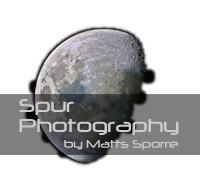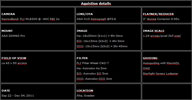Centaurus A or NGC 5128 is a prominent galaxy in the constellation of Centaurus. It was discovered in 1826 by Scottish astronomer James Dunlop from his home in Parramatta, in New South Wales, Australia. There is considerable debate in the literature regarding the galaxy's fundamental properties such as its Hubble type (lenticular galaxy or a giant elliptical galaxy) and distance (10-16 million light-years). NGC 5128 is one of the closest radio galaxies to Earth, so its active galactic nucleus has been extensively studied by professional astronomers. The galaxy is also the fifth brightest in the sky, making it an ideal amateur astronomy target, although the galaxy is only visible from low northern latitudes and the southern hemisphere. The center of the galaxy contains a supermassive black hole with a weight equivalent to 55 million solar masses, which ejects a relativistic jet that is responsible for emissions in the X-ray and radio wavelengths. By taking radio observations of the jet separated by a decade, astronomers have determined that the inner parts of the jet are moving at about one half of the speed of light. X-rays are produced farther out as the jet collides with surrounding gases resulting in the creation of highly energetic particles. The radio jets of Centaurus A are over a million light years long.
Like other starburst galaxies, a collision is suspected to be responsible for the intense burst of star formation. Spitzer Space Telescope studies have confirmed that Centaurus A is colliding with and devouring a smaller spiral galaxy.
The above text is taken from Wikipedia.
I have been fortunate to be able to use the remote set-up in Siding Spring - Australia via iTelescope.net. Previously I have taken some luminance images via iTelescope.net and then combined it with color images taken from my home observatory. This is my first fully remote image. iTelescope.net is fairly easy to use and the staff is very professional so I can warmly recommend it should you have the possibility to use their service.
Mouseover of the small thumbnails to the left will show the three different images.
LRGB: Just a plain LRGB combination.
Annonated LRGB: Shows the Ha enhanced image with a grid overlay and known objects marked. It was created in PixInsight using the scripts ImageSolver (a plate solve) AnnonateImage (adding the object names and grids).
The following software has been used. ACP (image acquisition and guiding), CCDStack (calibration and RGB scaling, PixInsight (cropping, background correction, colour corrections) and Photoshop CS5 (all the rest, incl Noel Carbonis Astronomy Tools).
This image was processed in June 2013









